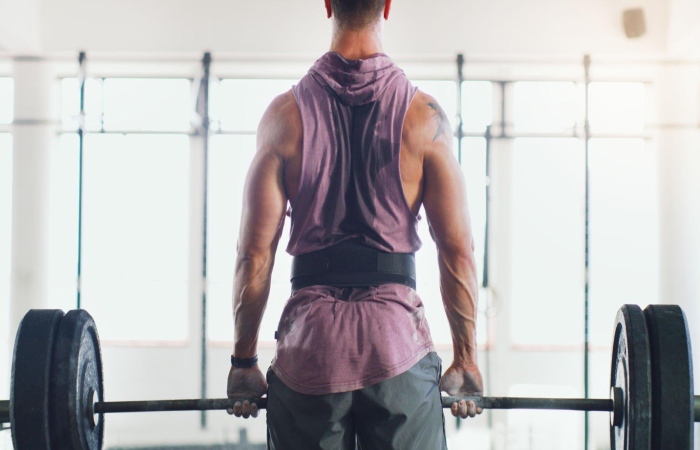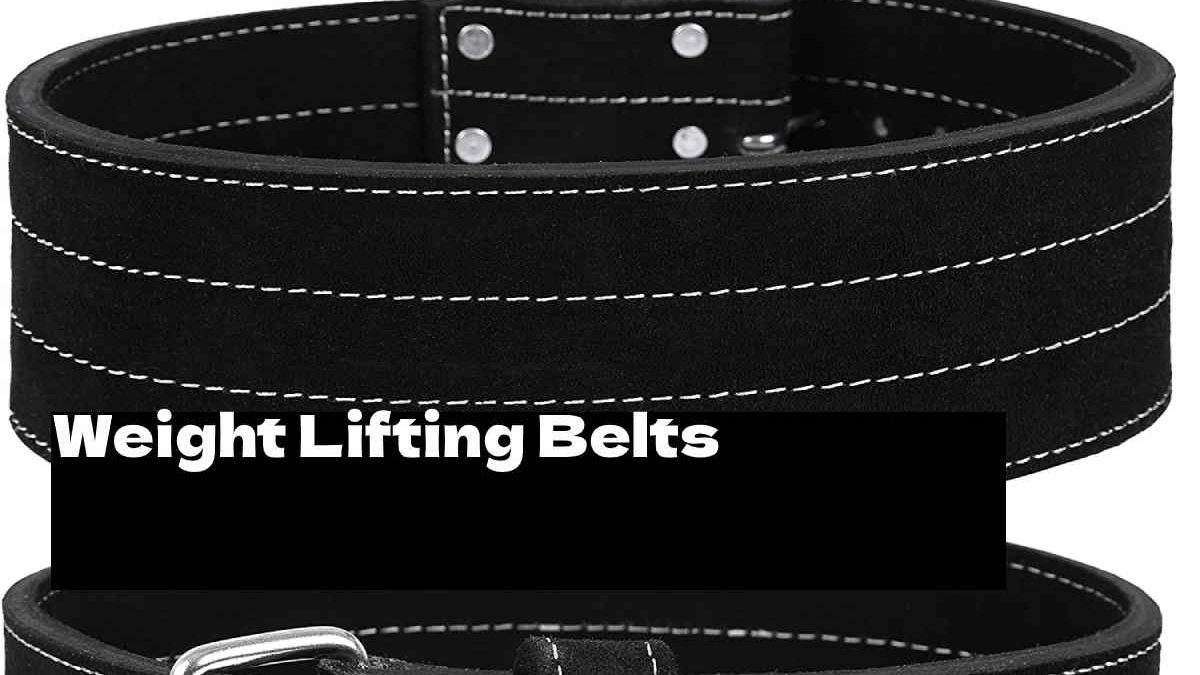It shall never be forgotten that these protective functions do not come from the belt alone. To optimally use the advantages of a belt, there must be sufficient core stability and musculature. Wearing a weightlifting belt does not compensate for the lack of care and stability!
Seat belt use can, in some cases, lead to increased body awareness. The physical sensation of a belt makes the athlete think about the position of their back and what powers need to be activated to maintain good bearing.
Finally, exhausting a belt is also a matter of private privacy. Some athletes use a belt for snatching and clean, while others only use the clean and jerk. On the other hand, some athletes only use it in training for heavy squats and max pulls.
Belts made from leather have proven effective for weightlifting as they are often much more robust and sturdy. Weightlifting belts are frequently narrower in the front and wider for your lower back and is ergonomically shape. According to IWF rules, a belt in competition must not be more than 12 cm wide and shabby over the lifter’s shirt.
Table of Contents
Who Uses A Weight lifting Belt?

In particular, in bodybuilding, powerlifting, powerlifting, stone lifting and in athletics disciplines such as shot put, weightlifting belts are most commonly used.
This belt is very stable when optimally executed and automatically leads to a healthy posture.
But it’s not just strength athletes who wear weightlifting belts, powerlifting workers also appreciate the benefits of a weightlifting belt.
What Are The Advantages Of A Weightlifting Belt?
Using a weight lifting belt primarily benefits advanced strength athletes who work with very heavy weights.
Deadlifts or squats are the most common training exercises in which such a weightlifting belt use
In particular. The protective function with regularly very high loads, as is the case with weight lifting, makes the training belt a useful supplement to training.
What Are The Disadvantages Of A Weight lifting Belt?
The disadvantages of the weight lifting belt include, first of all, scientific points of view. They doubt the sustainable benefits of weightlifting belts.
However, no strong studies show that a belt is harmful during training.
After all, on the one hand they reduce the load, but on the other hand they have the disadvantage that diastolic blood pressure increases.
Also, a training belt gives a false sense of security. This leads to an improved risk of injury by taking some unnecessary risks during exercises, such as using too much weight.
The exercises still need to be carry out technically correctly. Your core muscles should be able to muster the necessary stability on their own. Not just artificially with the help of a weightlifting belt, otherwise they will remain underdeveloped.
TIP: So that your lower back doesn’t become one of your biggest weak points, I recommend that you don’t use a weightlifting belt.
Due to the increased internal abdominal pressure, weight lifting belts also help to move more weight. This is certainly very advantageous in a competitive situation.
In short, this means that a weight lifting belt is not for beginners and should only be use with heavy weights.
Also Read: Some Of The Fitness Tips & More 2022


